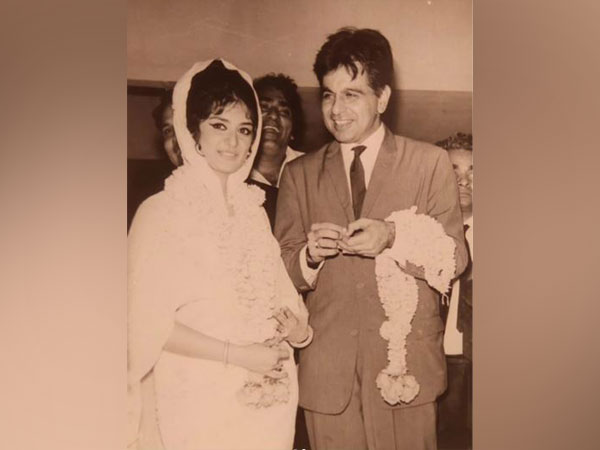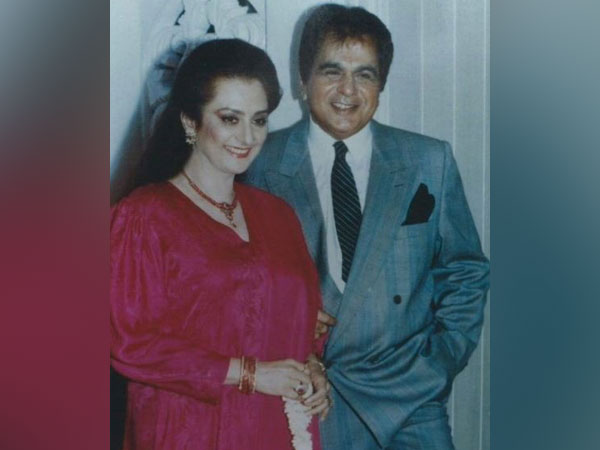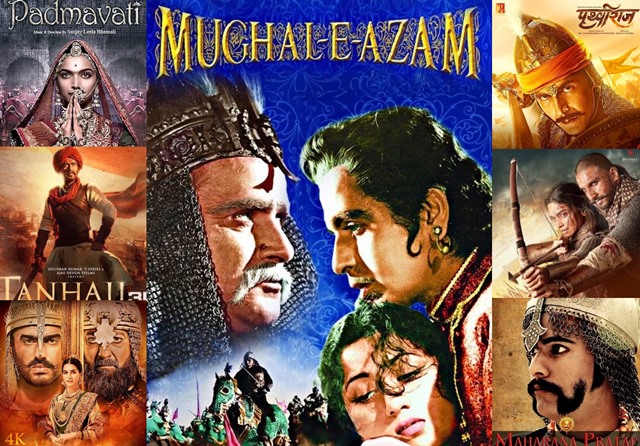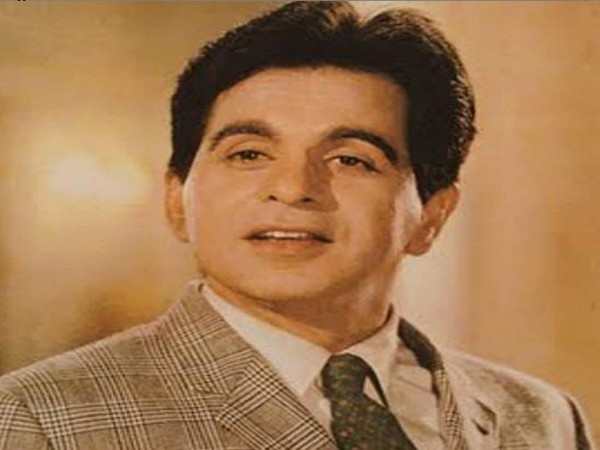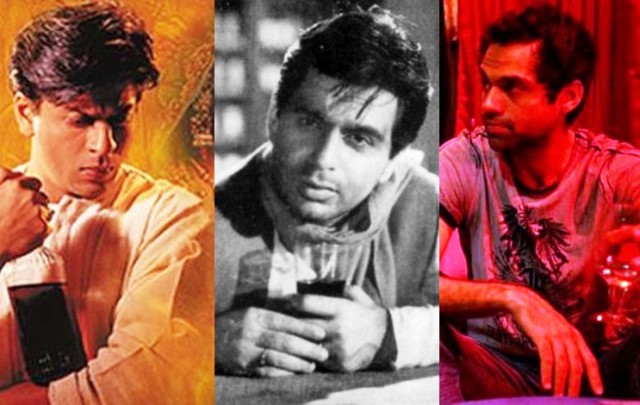As Hindu epics-based television serials Ramayan and
Mahabharat gather encore from Indian audiences locked-in by Caronavirus, I wondered
what could come next in reach, frequency and impact. My search ended with films
based on the Bengali novel, Devdas,
by Sharat Chandra Chatterjee. However, they are distant second by millions of
miles, understandably, because Devdas is not an epic, nor does it preach any faith,
ideology or philosophy.
Of the 20 odd films, one or two can arguably be called
classics. Again, together they are no match to cinema, theatre, art and
literature springing from the epics and other scriptures. Cinema and Devdas are
but a century-old. None compares to, say, Hollywood’s Ten Commandments. But
that would be digressing.
The novel or the films have not attained mass
popularity because they end tragically. Readers/viewers find that depressing. Chatterjee
who wrote this semi-autobiography in 1900 did not publish till 1917. He was
embarrassed, as per his son, having written under alcohol’s influence. He thought
it lacked maturity, although it remains his most famous work.
Devdas is a tragic triangle. Temperamental and timid by
turns, the protagonist baulks when childhood love Parvati (Paro), entering his
bedroom at night, proposes marriage. Blaming himself, but also her, for the
‘mistake,’ he takes to booze and to Chandramukhi, a courtesan. She loves him hopelessly
but he, unable to forget an unattainable Paro, dislikes her, even as he depends
upon her.
Devdas dominates child-Paro, even strikes her on the
eve of her marriage. Class and caste divides of the 19th century
Bengal determine his parents’ rejection of the alliance and hers retaliate by
finding someone higher and richer, even if old.
This story of viraha
(separation) and self-destruction ends with a nomadic and sick Devdas, keeping the
promise made to Parvati of “one last meeting”, dies at her doorsteps. There is
no reunion.
Devdas’ 20 odd film versions cover the Indian Cinema’s
evolution. The first by Naresh Mitra, released in 1927, was ‘silent’. In 1935, four years after Indian cinema went
‘talkie’, its director P C Barua also enacted the lead. The very next year, he
directed K L Saigal and Jamuna, captivating imagination of the pre-Partition
India’s cine-goers with their acting and haunting songs. Barua was not done: the
Assamese version came in 1937.
In 1953, Vedantam Raghaviah made Tamil and Telugu
versions. Both had Akkineni Nageswara Rao and Savithri playhing Devdas and
Parvati. Two decades later, Vijaya
Nirmala directed and played Parvati in another Tamil version (1974).
In southern India, Akkineni’s depiction of Devdasu is considered the ultimate. Stories have it that for Bimal Roy’s Hindi version (1955), Dilip Kumar repeatedly watched the Telugu film. Purists think no actor can surpass their performances.
Devdas inspired passion and continuity. Roy was Barua’s
cinematographer. That it triggered several re-makes over a long period is
remarkable. It laid the most significant milestones in careers of all
concerned.
It’s difficult, also unfair perhaps, to compare
different versions made in different times with varying literary, technological,
artistic, even financial inputs. I venture to say – and I am not alone – that
Roy, by now working in what became Bollywood, getting Dilip Kumar – reportedly
for Rs one lakh, a ‘princely’ sum in those times — to pair with Bengal’s Suchitra
Sen, and with Vyjayantimala playing Chandramukhi, Kamal Bose’ photography and S
D Burman’s music, is the most significant version.
Devdas, following Jogan (1950), Deedar (1951) and
others where Dilip Kumar played melancholic characters, sealed his reputation
as the “tragedy king”. It caused him psychological imbalance. But it also inspired
many a young aspirant to flock to Mumbai to act in films.
Translating a literary work on celluloid is never
easy. Capturing Bengal’s countryside, providing the right musical notes from
Baul to Mujhra, and of course, writing, played their respective roles. Roy, it
would seem, got the combination right.
In one of this film’s iconic scenes, Chandramukhi pleads
with Devdas that he has drunk excessively and more would harm him. Surrounded
by bottles, he retorts in utter despair: “Kaun
kambakht hai jo bardasht karne ke liye peeta hai… main to peeta hun ke bas
saans le sakun.”
I am unable to translate these lines by Rajinder Singh
Bedi. But they were more or less repeated 47 years later in Sanjay Leela Bhansali’s
2002 version.
Unintended perhaps, there is continuity in the way
Shahrukh Khan interpreted Devdas for Bhansali. Whether or not Kumar ‘learnt’
from Akkineni, Khan certainly emulated Kumar with whom he shares not only
looks, but also ethnic/cultural roots. Think of the two Pathans hailing from
Peshawar, interpreting a Bengali ‘bhadralok’!
This ‘flexibility’ explains Devdas’ larger South Asian
literary/cinematic reach, unaffected by India’s Partition. It has been filmed twice
each in Pakistan (in Urdu 1965 and 2010) and Bangladesh (in Bengali in 1982 and
2013). But it remains essentially Indian,
with versions in Bengali, Hindi, Malayalam, Telugu and Assamese. Most “non-Bengali” versions have been made
post-Partition.
Generations have embraced Devdas. My father loved Saigal’s
portrayal. Post-independence generations go gaga over Dilip’s. But my son
prefers SRK’s colourful bonanza. One of the most lavishly mounted Bollywood venture,
it was the first Indian film to be premiered at Cannes Film Festival.
Sadly, I have seen only a few clips of Saigal. A Dilip
admirer, I must confess to SRK’s interpretation growing on me as it were, on more
viewings.
Film-makers by and large stuck faithfully to
Chatterjee’s Devdas. But with the turn of the century, the current lot is taking
artistic liberties. ‘Original’ Devdas went to Kolkata (then Calcutta) for
studies. But Bhansali sent him to England, returning as a smoker, donning Western
coat and hat. He lapses into dhoti-Panjabi
ensemble when life gets tough and tragic. Incensed West Bengal lawmakers had demanded
the film’s ban for its many ‘distortions’.
Among major actors of their times, besides Barua, Saigal
and Akkineni, Kamal Haasan and SoumitraChaterjee played Devdas. Parvati and Chandramukhi have been interpreted
by Pakistan’s Shamim Ara and Banglaesh’s Kabori Chowdhur/Sarwar, Vijaya Nirmala
(also its producer), Vyjayantimala, Supriya Chowdhury, Sridvi, Aishwarya Rai
and Madhuri Dikshit.
Vyjayantimala was known to have rejected the Best
Supporting Actor nomination, insisting that her Chandramukhi, and not Paro, is
the real heroine. Her view can be compared to Ramayan being viewed from Ravan’s
standpoint, not always Ram’s.
On Suchitra Sen’s passing away in 2014, however, she
admitted to being acknowledged at the national level and by critics after she
played alongside Suchitra.
Ironically, save a brief frame, the two did not share a
single sequence. While Vyjayantimala shot in Bombay, Sen’s part was filmed in
Bengal.
For Madhuri who played Bhansali’s Chandramukhi with
great aplomb, it was vindication. Clutching her Filmfare Award, she chided her
critics who had written her off as a fading star after her marriage and
migration to the United States.
Of Devdas’ five modern-day takes, in Anurag Kashyap’s
“Dev D” all three protagonists are into booze and sex. The setting is Punjabi.
His Chandramukhi is a hippy-like call-girl painting Delhi red.
In “Daas Dev” (2018) Sudhir Mishra borrows not just
from Chatterjee’s novel but also from Shakespeare’s Hamlet to capture the
dynamics of India’s dynastic politics.
In a sense, Devdas is India’s answer to Hamlet. Both
have survived generations. Life does oscillate between hope and despair. Many would question their relevance today, though,
especially their failure to rebel against prevailing norms.
The only known survivor of the 1955 saga besides
Vyjayantimala, Dilip once stated that his aim was “to convey the sense of
hopelessness that pervades the relationship between Devdas and the two women
and others who are a part of his doomed life without leading ardent viewers to
cynicism and despondence.”
The mystique continues. Gulzar’s 1980s attempt, with Dharmendra
(who had reportedly financed the venture), Sharmila Tagore as Parvati and Hema
Malini as Chandramukhi was aborted, nobody knows why. The National Film
Archives of India (NFAI) is searching the two reels Gulzar completed, but are
missing.
In early 1960s, India lost its treasure of old films,
including Devdas, in a fire in a Mumbai godown. The NFAI engaged in protracted
talks with its Bangladeshi counterpart to retrieve the only surviving copy of
the 1936 version found with a Chittagong film distributor. It was exchanged for
Satyajit Ray’s Apu Triology.
The recovery of Devdas, film analyst Gautam Kaul
recalls, was aptly celebrated with a ‘premier’ held at Nandan theatre in
Kolkata.
Great story-telling on cinema may elude in this era
when a film-maker must stay commercially viable. Yet, last word may not have been
said on Devdas.
The
writer can be reached at mahendraved07@gmail.com
